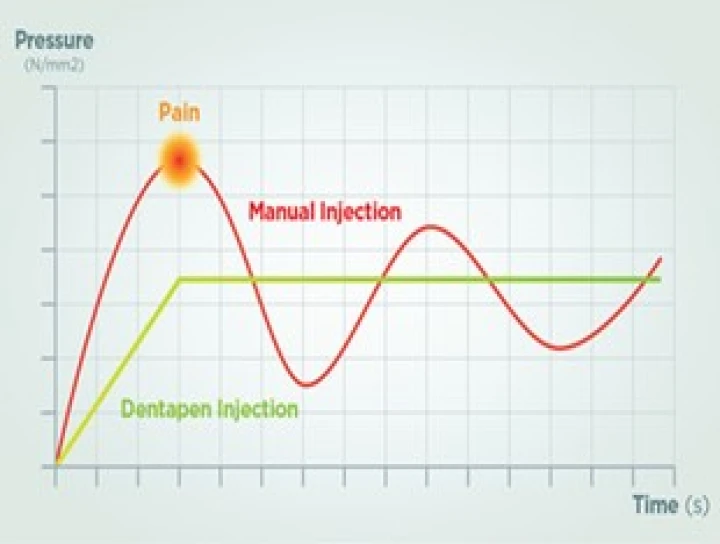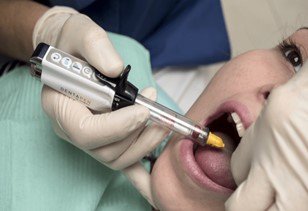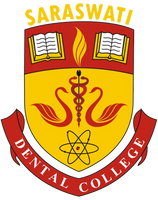
Fear of pain is one of the primary reasons many people avoid visiting the dentist. However, with advancements in dental technology, patients can now experience a more comfortable and virtually pain-free dental visit. Computer-controlled local anesthetic delivery systems are transforming the way dental professionals administer anesthesia, ensuring precise and painless injections. In this blog, we will explore the benefits and features of this cutting-edge technology.

The Challenge of Traditional Anesthetic Injections
Traditional methods of administering local anesthesia involve syringes and needles, which can be a source of anxiety for many patients. The pain associated with these injections, coupled with the anxiety of the unknown, often results in dental phobia and avoidance of necessary treatments.
The Innovation: Computer-Controlled Local Anesthetic Delivery
Computer-controlled local anesthetic delivery systems are designed to address these concerns. They offer numerous advantages over traditional methods, making dental procedures less intimidating and more comfortable for patients.
1. Precise and Controlled Delivery: One of the primary benefits of computer-controlled systems is the ability to precisely control the flow rate and pressure of the anesthetic, ensuring a slow, pain-free injection.
2. Reduced Discomfort: By using a computer-controlled system, dental professionals can minimize the discomfort patients typically experience during an injection, making the procedure virtually painless.
3. Targeted Anesthesia: These systems allow for accurate targeting of the affected area, reducing the amount of anesthetic required and minimizing collateral numbness in surrounding tissues.
4. Faster Onset: Computer-controlled systems often lead to a quicker onset of anesthesia, allowing the dental procedure to start sooner.
5. Patient Comfort: Patients appreciate the gentle and painless experience, which helps alleviate dental anxiety and improve overall satisfaction with dental care.
How Computer-Controlled Anesthetic Delivery Works
The technology behind computer-controlled local anesthetic delivery is impressive. Here's a simplified explanation of how it works:
1. Digital Control- The dentist uses a computer interface to program the precise amount and rate of anesthesia delivery.
2. Microprocessor-: A microprocessor controls the injection, ensuring a consistent and slow release of the anesthetic.
3. Pressure Sensing-: The system can detect any resistance, ensuring that the anesthetic is administered painlessly.
4. Needle Design-: Some systems use ultra-fine, ultra-short needles that are designed for patient comfort.
Realizing the Benefits
Patients and dental professionals alike can experience several significant benefits when using computer-controlled local anesthetic delivery:
1. Reduced Anxiety-: Patients are more likely to schedule and attend dental appointments when they know they will experience minimal discomfort.
2. Improved Patient Experience: - A more comfortable and pain-free procedure improves overall patient satisfaction.
3. Efficiency: - Faster onset of anesthesia can lead to shorter appointment times.
4. Reduced Collateral Numbness: - Precision targeting ensures only the necessary area is anesthetized.
Conclusion
Computer-controlled local anesthetic delivery systems are revolutionizing the field of dentistry by making dental visits more comfortable and less anxiety-inducing for patients. These innovative systems offer precise, painless injections that enhance the overall dental experience. The future of dentistry is transforming towards pain free procedures.


No Any Replies to “Computer-Controlled Local Anesthetics Delivery (CCLAD)”
Leave a Reply